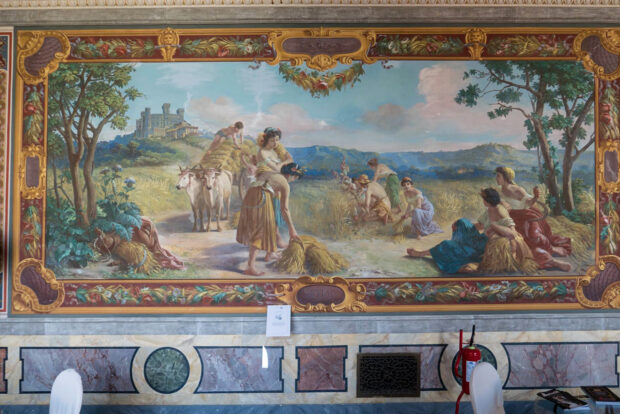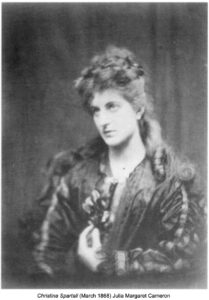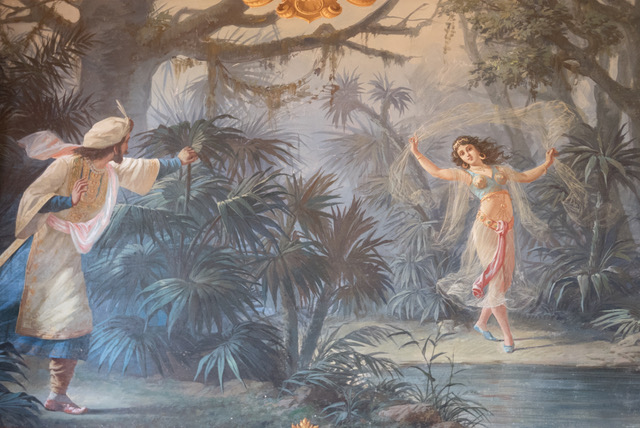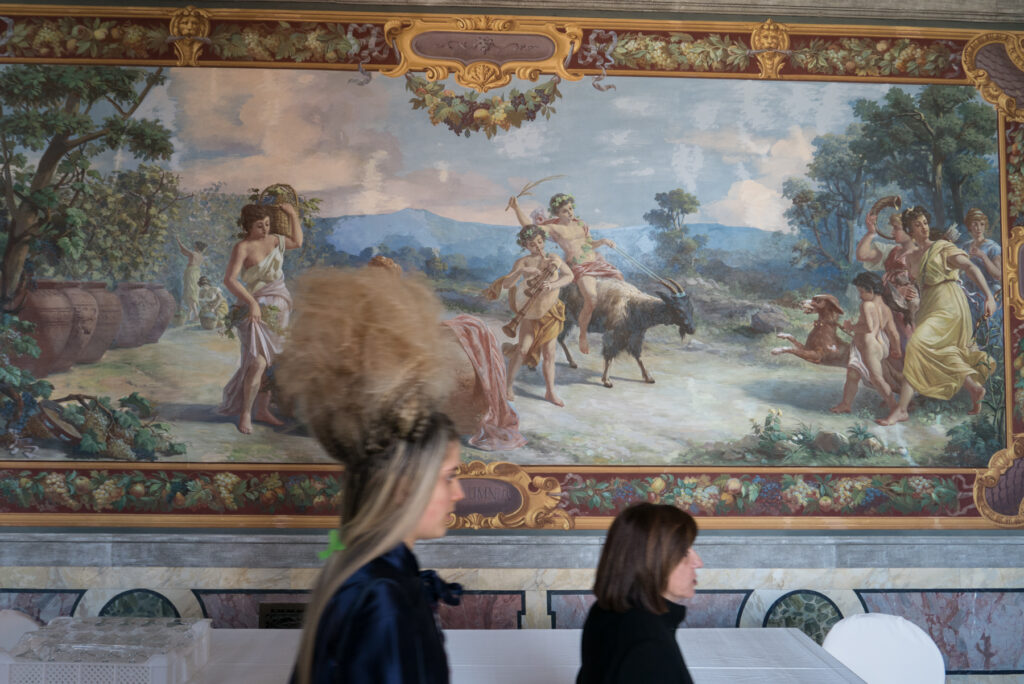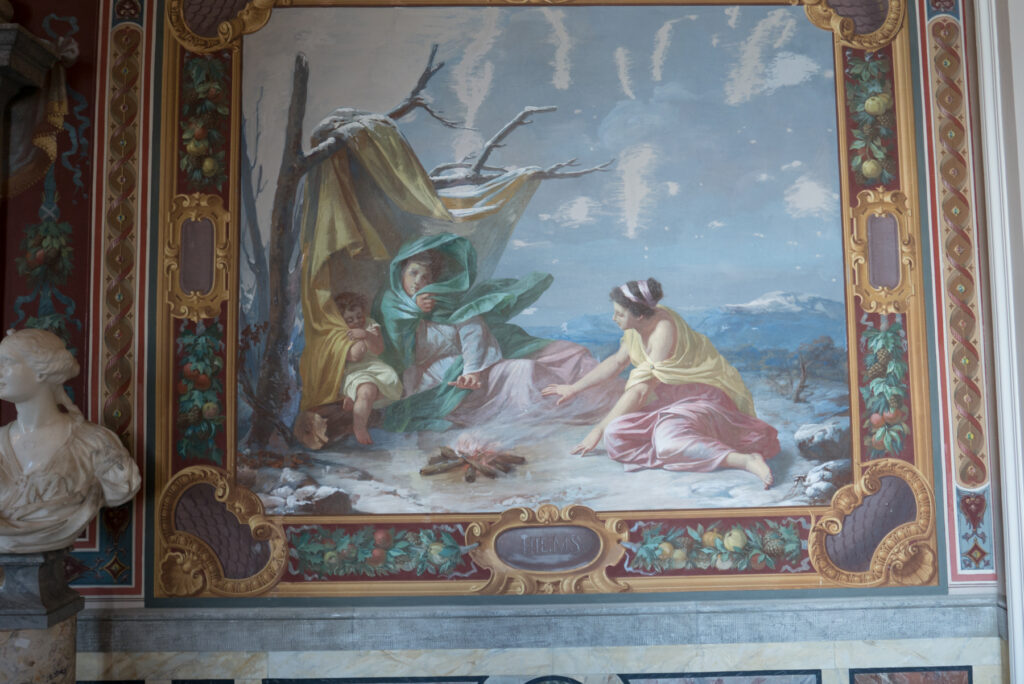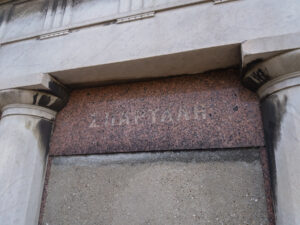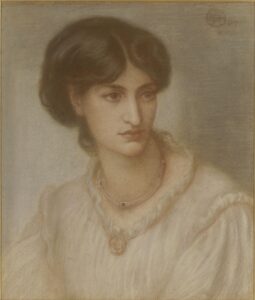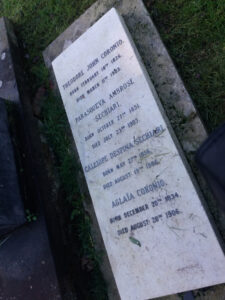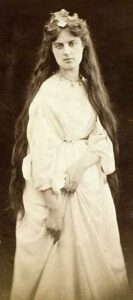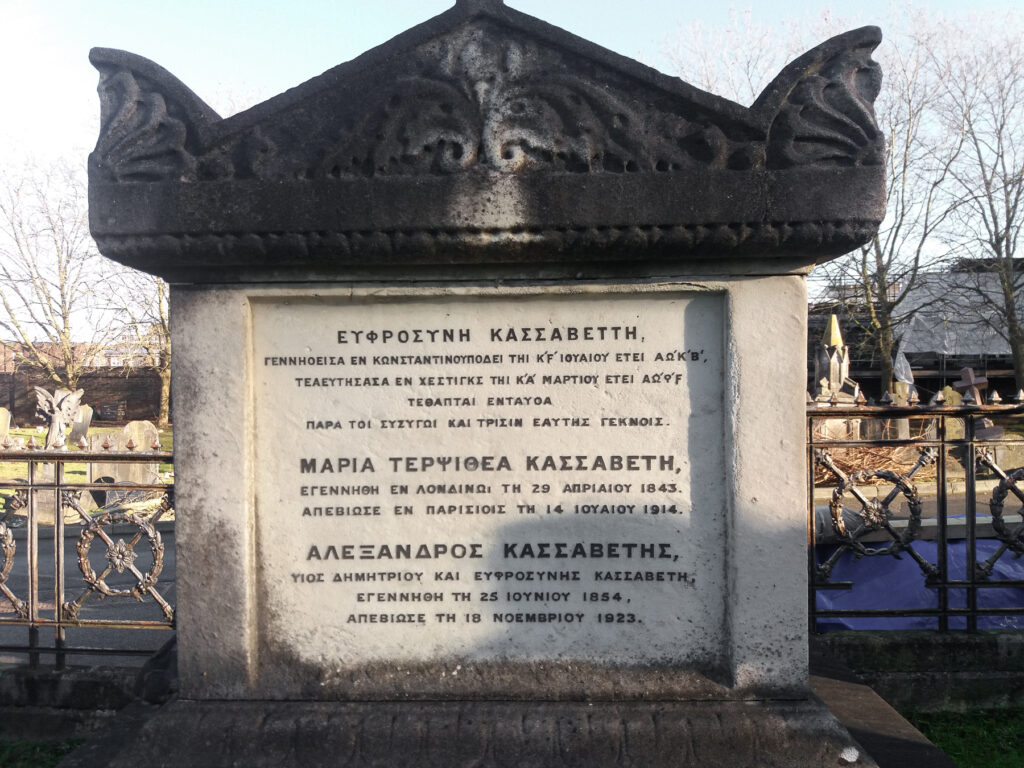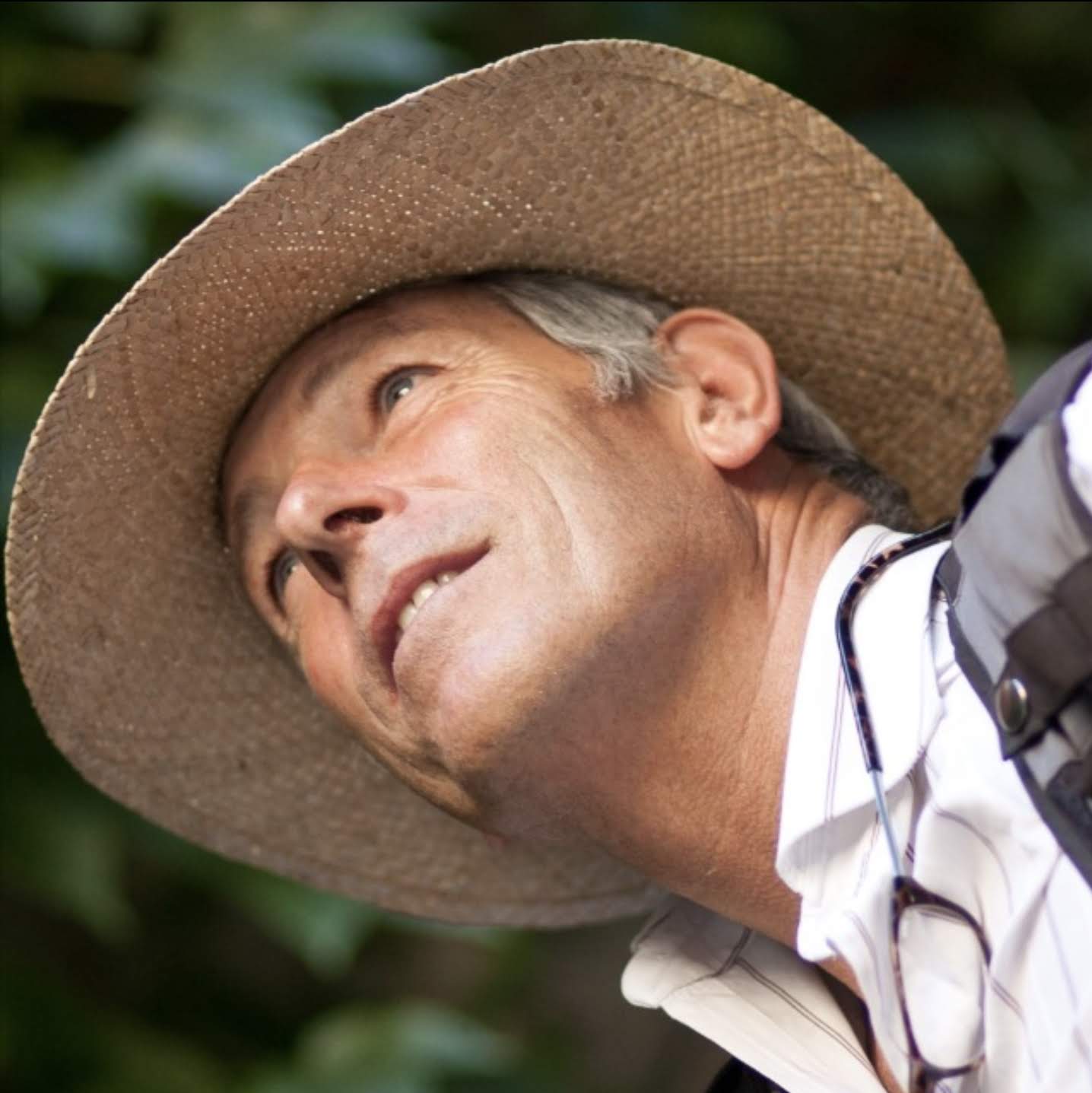The tragic Marchioness Christina Spartali Cahen
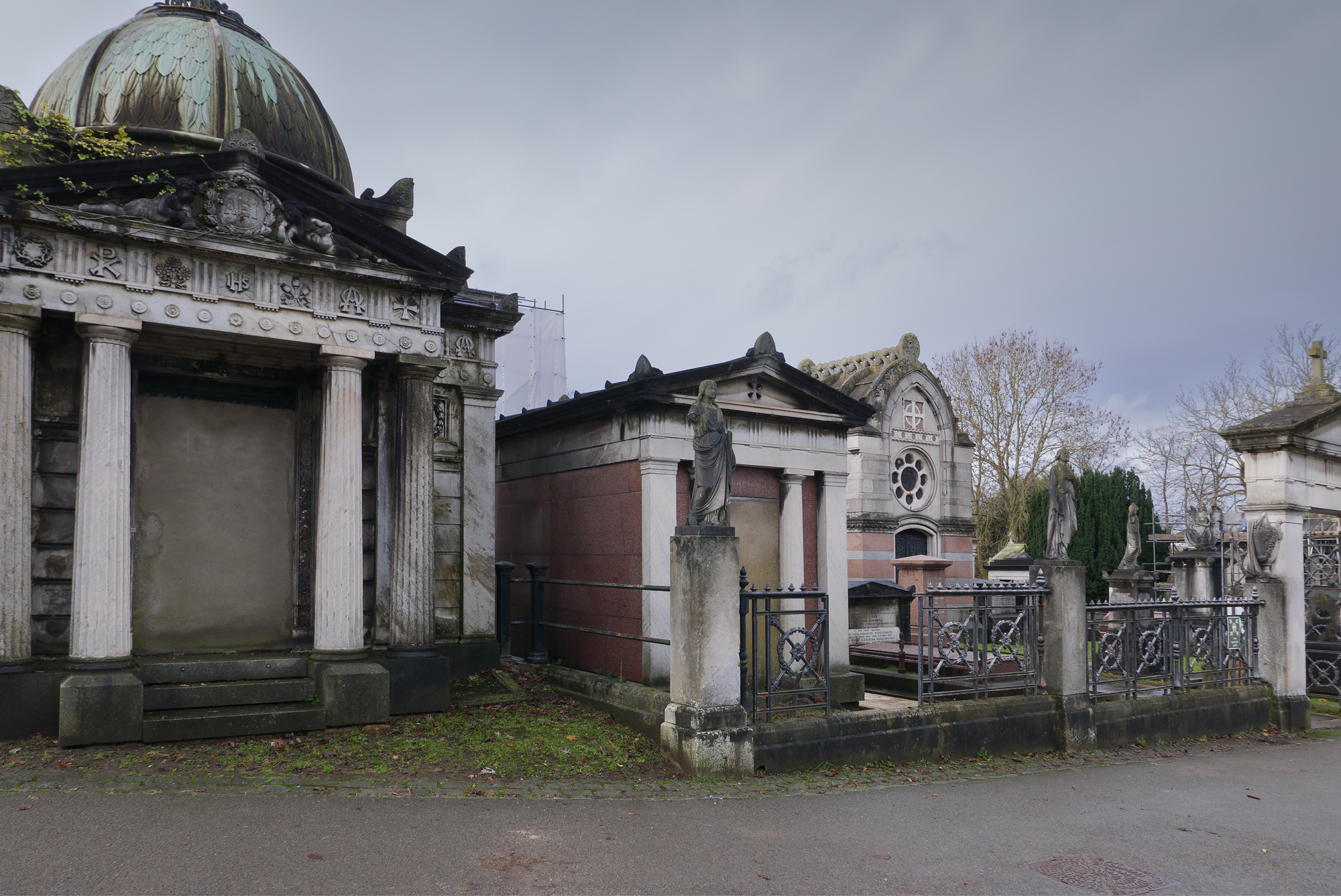
The red granite Spartali tomb stands behind an armless statue in Norwood Cemetery. The entrance has been bricked up. The Orthodox chapel behind, under scaffolding, is undergoing restoration.
Cristina Cahen died, from an overdose of chloral, possibly accidentally, aged 37, in 1884. It was a fashionable drug in artistic circles, both her sister’s husband Stillman and the painter Rossetti, were habitual users. It calmed the nerves, it was also known as a hynotic drug.
Thankfully, however, after her separation from Eduard, she had had a rapprochement with her father Constantine Ionides. He had her remains brought back home to London from Meran in South Tyrol, Austria (now in Italy), for burial in the Spartali family vault in Norwood cemetery, London. Cahen was despised by Christina’s father, on account of his being short and Jewish, the Spartali family was Greek Orthodox, but also possibly, for his poor taste; evident in the manner in which Count Cahen refurbished his castle near Orvieto. The faux Renaissance mythological and rustic frescoes may have had something to do with Christina’s reluctance to follow her husband there.
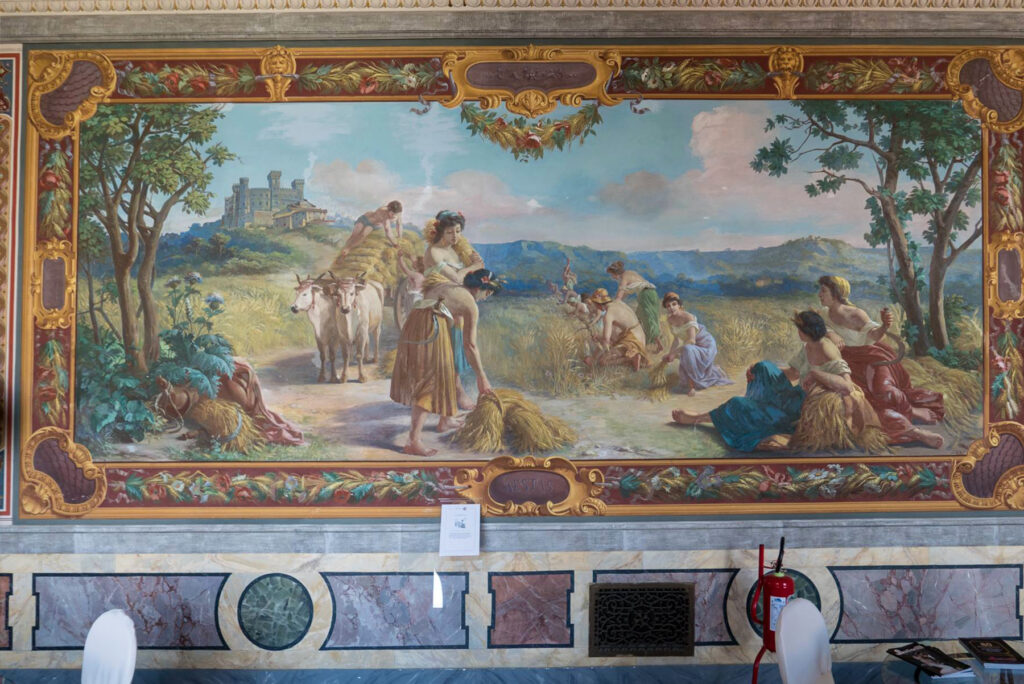
Happy, half-naked peasants harvest on the Cahen estate. The mediaeval style Cahen castle tops the hill behind. Extreme right, on the crest of the hill, stands Orvieto.
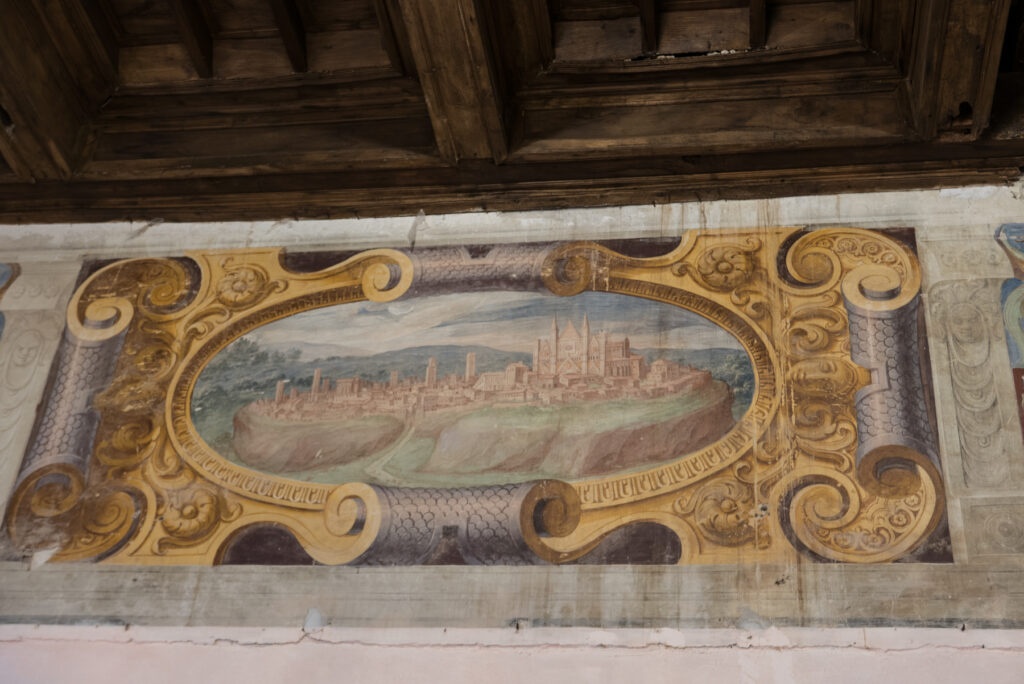
A balloon’s eye view of Orvieto. Viewed from a hang-glider today the city would appear almost identical.
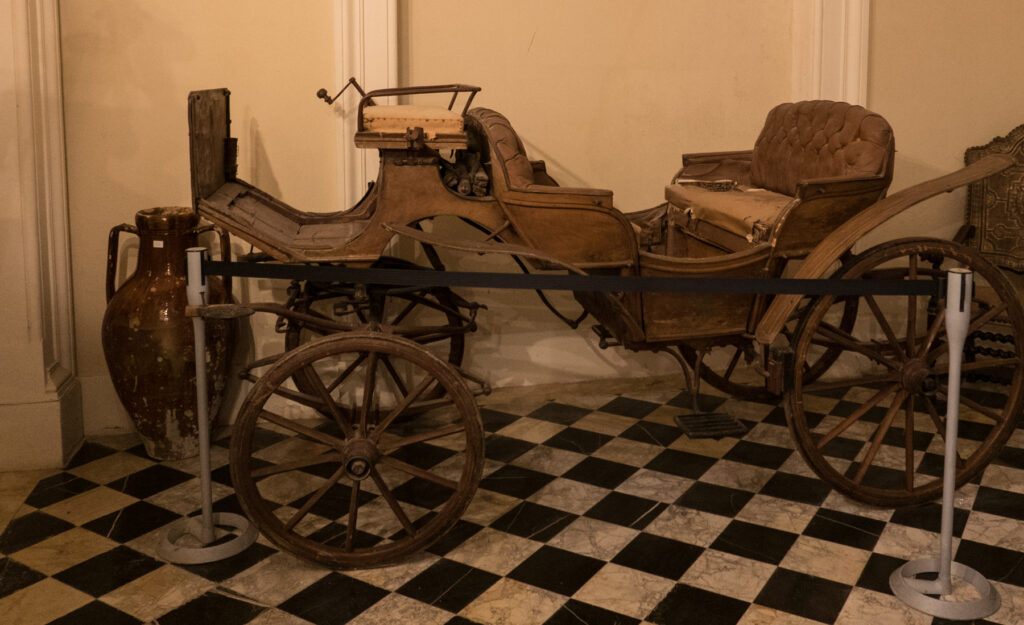
The count’s Landau carriage. Christina would never have ridden in it: when she visited the castle there was not even a paved road leading there from Orvieto.
It would be too pathetic if the Count sought to impress his worldly and cultured wife with these provincial offerings. Whatever, he refused to concede her a divorce. But Cahen could be generous: at his death in 1894, he left a worthy sum in his will to Marie Spartali Stillman, to atone perhaps.
Norwood Cemetery
The cemetery was consecrated in 1837, the year Queen Victoria ascended to the throne, and immediately attracted high class burials such as Sir Henry Doulton (founder of Royal Doulton china), Sir Hiram Maxim (inventor of the machine gun), Mrs Isabella Beeton (cookery and home management writer), Sir Henry Tate (sugar magnate and founder of the eponymous gallery), Baron Israel Paul von Reuter (founder of the news agency).
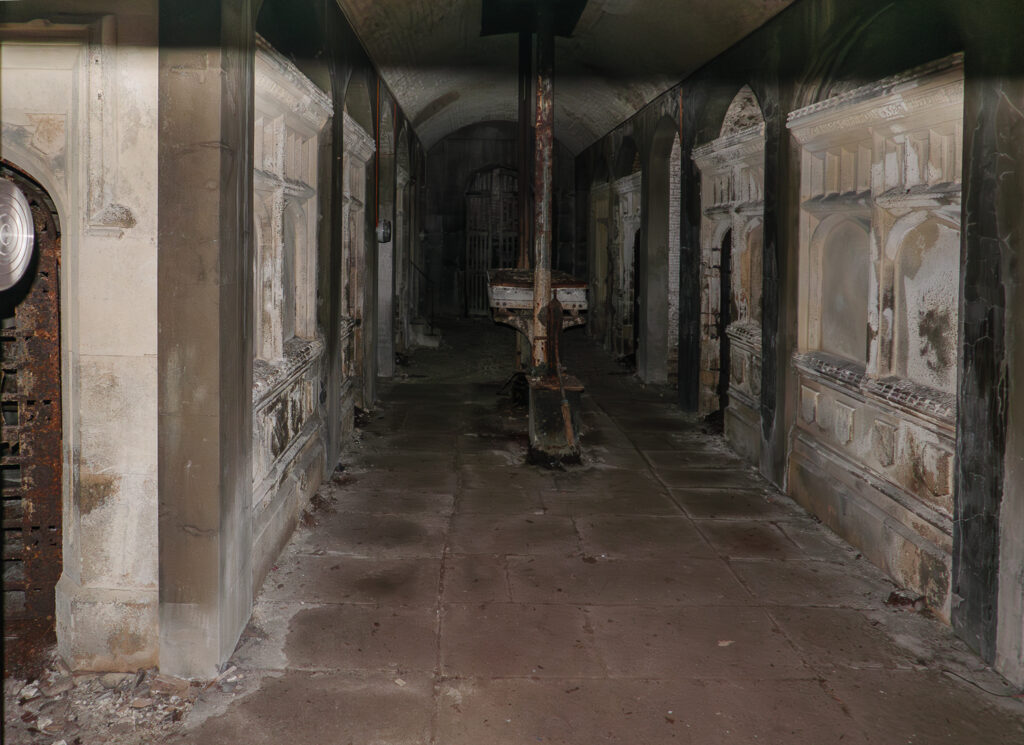
The cemetery had state-of-the-art funerary machinery in the mid-1850s. This hoist lowered coffins into the Gothic-style catacombs.
The Greek ‘Stunners’
The central section of the cemetery was bought by the Greek community in 1842 for burials in the classical style, contrasting with the predominantly Gothic architecture of the rest of the cemetery. Many of the women who frequented the demi-monde of the Pre-Raphaelite artistic brotherhood and oftentimes modelled for artists such as Rossetti, Burne-Jones, and Ford Madox Brown are interred here. These beautiful, exotic, women were known in artistic circles as ‘stunners’. The brilliant circle of the patriarch Alexander Constantine Ionides also included William Morris, Watts, Whistler, Walter Crane, du Maurier and others.
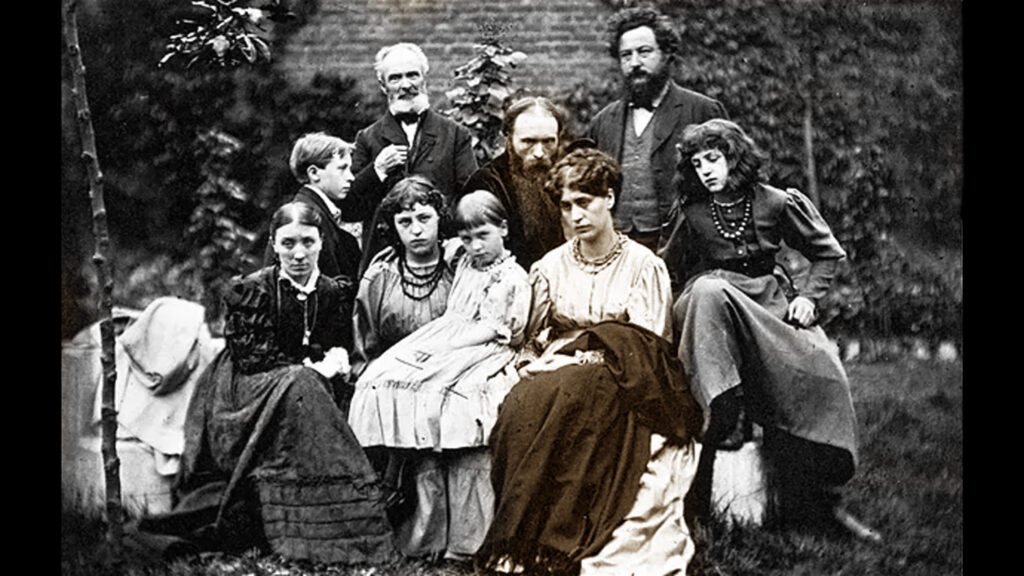
Maria Zambaco and Ned Burne-Jones (in sepia) with fellow Pre-Raphaelite William Morris (black beard). Mrs Georgie Burne-Jones is seated left. Most of the company looks very glum.
Cristina Spartali, the future Marchioness Cahen of Torre Alfina, was the model for one of Whistler’s most famous paintings, ‘La Princesse du Pays de la Porcellaine’. Her cousin Maria Cassavetti Zambaco was not only Burne-Jones’ model, but his mistress, he painted her obsessively, even as an androgynous-looking man, in several pictures. She posed for all three of his Three Graces. The three ‘stunner ’cousins Marie Spartali, Aglaia Ionides Coronio and Maria Cassavetti Zambaco were known collectively in their circle as “The Three Graces”.
Cristina’s sister Marie not only modelled, but was an accomplished artist in her own right. She enraptured the poet Algernon Swinburne who said of her, “She is so beautiful that I want to sit down and cry”. She died in 1927, was cremated, and unlike the others, was not buried in Norwood, but cremated and interred in Surrey with her husband, the American painter William Stillman. The third beauty of the trio, Aglaia Coronio, is buried alongside the Spartali tomb. A woman of considerable talent, she took her own life after the death of her daughter, stabbing herself with scissors. Theodore Coronio buried his wife and daughter on the same day.
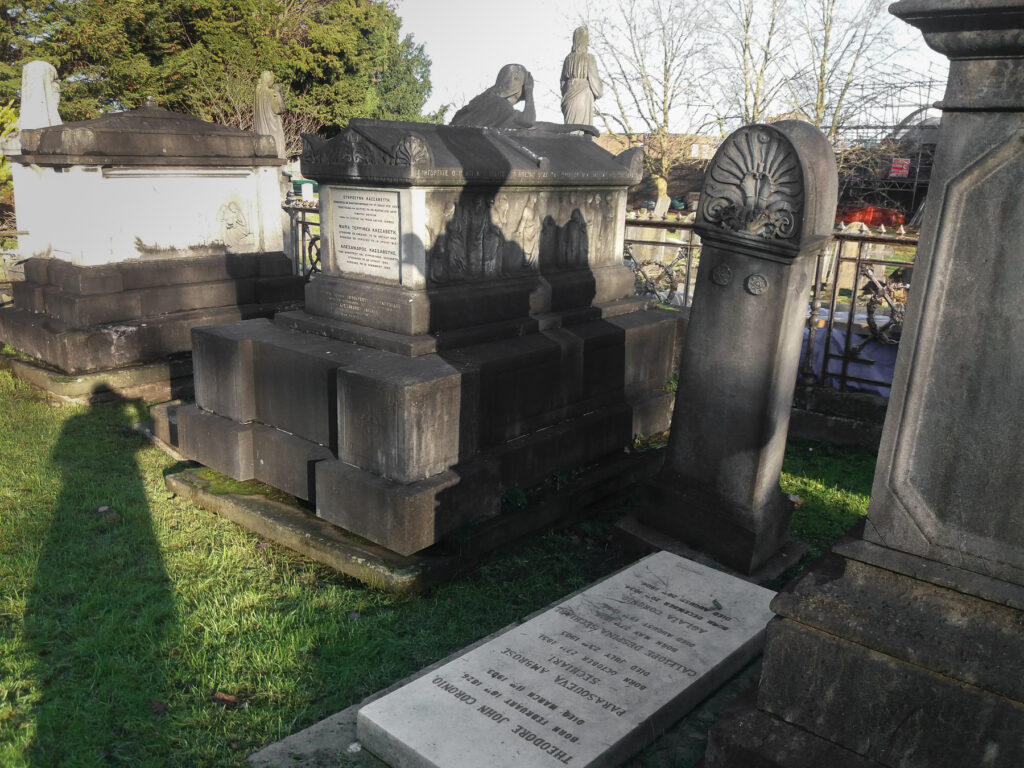
The large Cassavetti tomb to the left wherein lies Maria Zambaco. Aglaia Ionides Coronio’s white gravestone lies in the foreground. The large white Ionides family vault stands to the left.
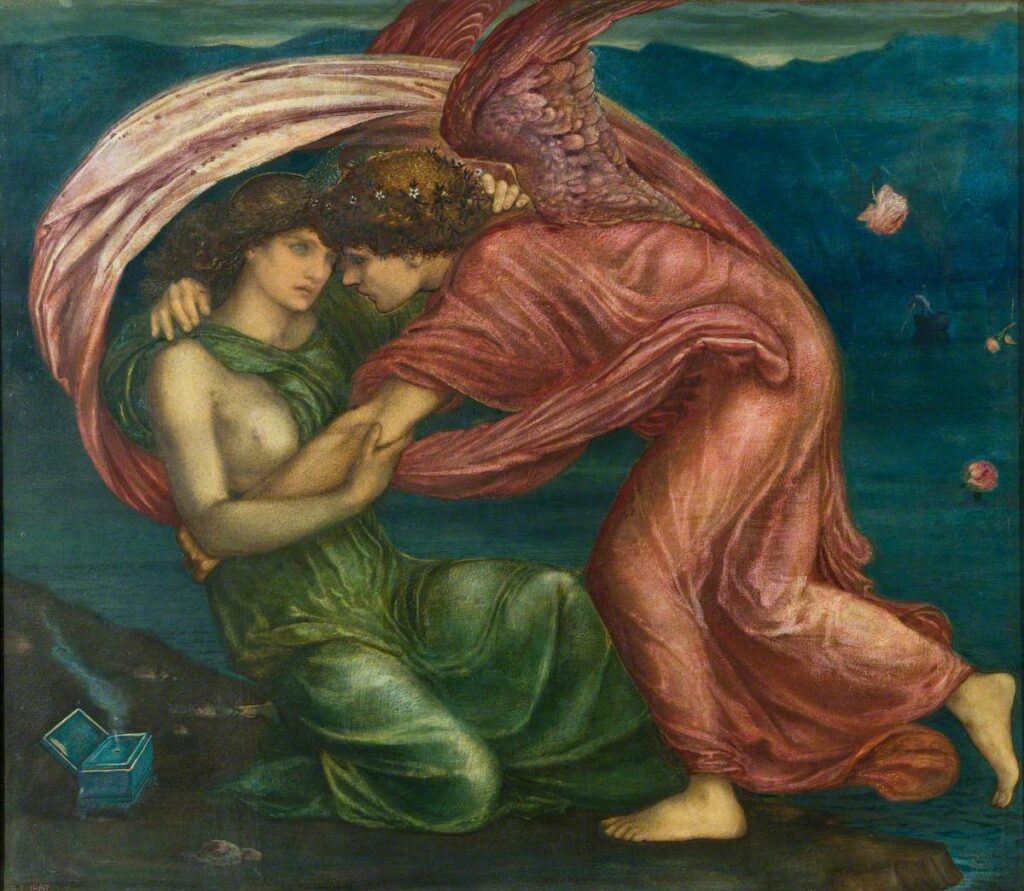
Cupid Delivering Psyche (1867) by Burne-Jones who portrayed his mistress, the voluptuous Maria Cassavetti Zambaco as Psyche, while Marie Spartali took the part of the somewhat androgynous Cupid. He was as obsessed with the subject as he was with Maria, painting several versions.
